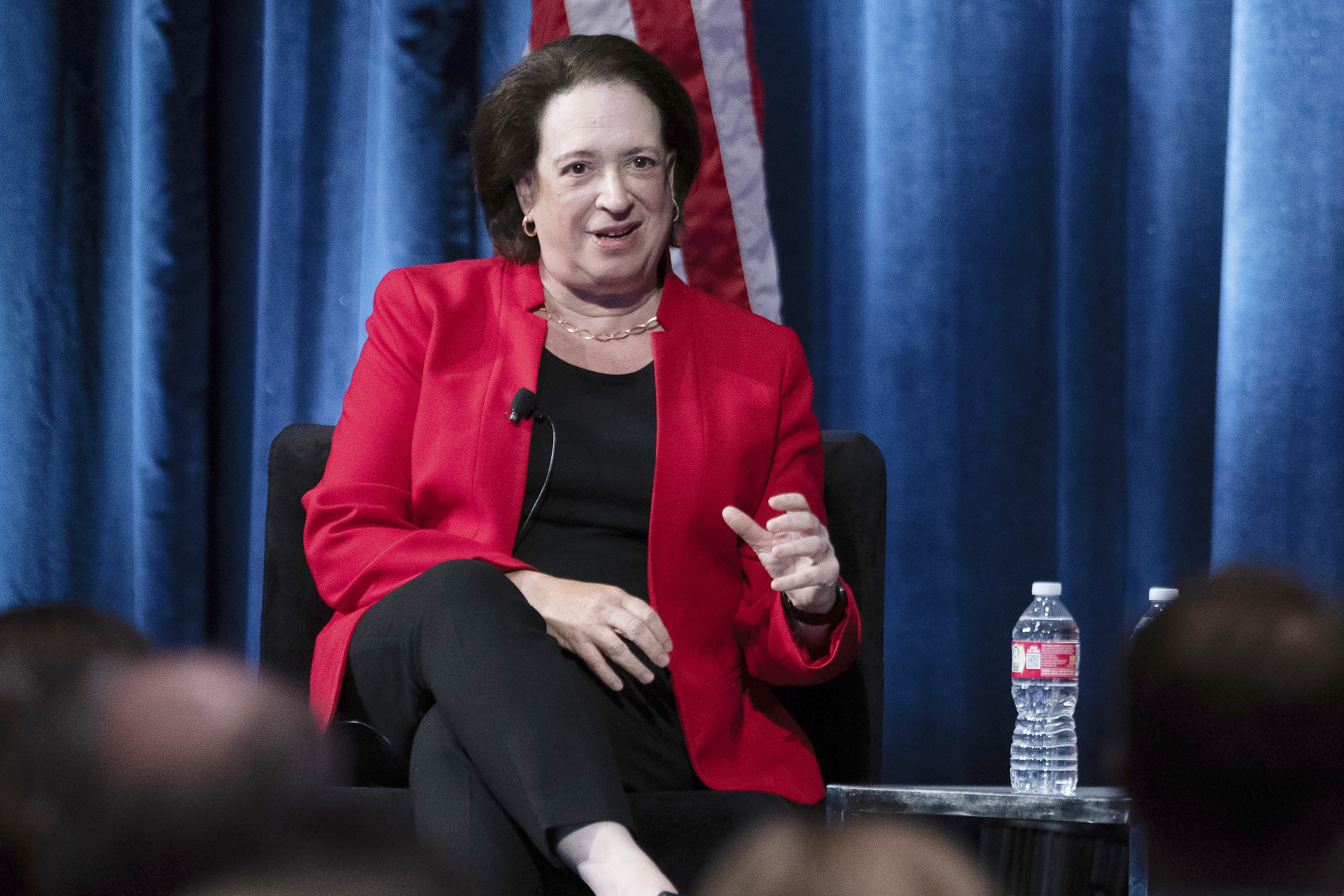Wellness Program
In 1993, Dr. Barry Zuckerman, chief of pediatrics at Boston Medical Center, came to the conclusion that medical treatment alone was not enough to keep his young patients healthy. Many of the causes of their ailments—things like malnutrition and homelessness—were societal in nature and beyond the reach of doctors.
So he brought in a lawyer to help doctors and nurses identify social factors that affect children’s health, including utility shutoffs at their homes, illegal evictions, mold infestations, malnutrition and unsanitary living conditions. Medical staff members were trained to refer those problems to lawyers who were in a better position to address them.
Zuckerman’s initiative was the first formal medical-legal partnership in the U.S. Since then, the idea has gone national, and there are similar programs at more than 120 hospitals nationwide. Increasingly, the programs are expanding their focus beyond the needs of children to provide legal assistance to all vulnerable populations facing health crises.
“MLPs have had a significant impact on the delivery of legal services to the poor,” says A. Michael Pratt, chair of the ABA Standing Committee on Pro Bono and Public Service. The association’s Medical-Legal Partnerships Pro Bono Support Project is a joint effort of the committee, the Section of Health Law, the AIDS Coordinating Committee, and the Center on Children and the Law. “Our project integrates the vital role of pro bono attorneys into the health care setting and expands the capacity of these partnerships to help more individual patients,” says Pratt, a partner at Pepper Hamilton in Philadelphia.
The project, based in the Center for Pro Bono, was created in 2008—a year after the policymaking House of Delegates endorsed MLPs and urged members of the profession to participate in them.
A LESSON IN COOPERATION
Medical-legal partnerships take different forms. while some medical facilities hire lawyers, law firms also have “adopted” health centers with the goal of providing direct legal services to patients. In other cases, health care centers partner with local legal services programs and receive pro bono assistance. More than 35 legal aid programs funded by the Legal Services Corp. participate in MLPs, which also have “opened up new avenues for pro bono participation by the organized bar,” says Victor Fortuno, interim LSC president.
Medical-legal partnerships became part of the health care debate in Congress last year. The House of Representatives included in its comprehensive health care reform bill ABA-supported provisions that would authorize funds to establish a nationwide demonstration project evaluating the effectiveness of MLPs.
In communications with House and Senate leaders, Thomas M. Susman, director of the ABA Governmental Affairs Office, said the proposal supports the “ongoing collaborative efforts of the American medical and legal professions to help identify and resolve diverse legal issues that affect patients’ health and well-being.”
When the legislation stalled on Capitol Hill, the Govern mental Affairs Office continued to work with the National Center for Medical-Legal Partnership to keep MLPs on the legislative agenda. The two groups planned to hold a Capitol Hill Day and congressional staff briefing in March as part of the fifth annual MLP national summit. Doctor-lawyer teams were to visit members of Congress to explain the positive impact their partnerships are having on vulnerable populations in communities across the United States.
This column is written by the ABA Governmental Affairs Office and discusses advocacy efforts by the ABA relating to issues being addressed by Congress and the executive branch of the federal government.
Rhonda McMillion is editor of Washington Letter, an ABA Governmental Affairs Office publication.



